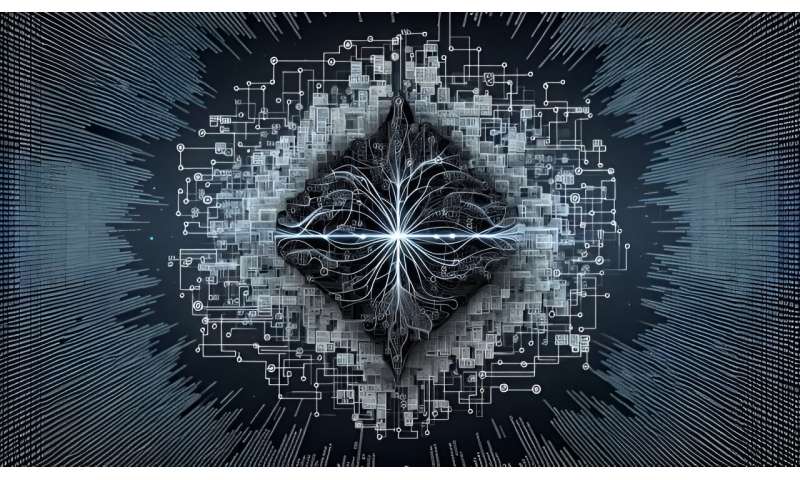Best of Last Week—Barkhausen noise detected, LLMs use simple mechanisms, link between exercise and insomnia

It was a good week for physics research, as a combined team from Columbia, Nanjing University, Princeton and the University of Munster found the first experimental evidence for a graviton-like particle in a quantum material—they reported collective excitations with spin chiral graviton modes in a semiconducting material. Also, a team of physicists at California Institute of Technology detected Barkhausen noise for the first time. The magnetic avalanche was triggered by quantum effects. And a team of researchers at the University of Waterloo's Institute for Quantum Computing announced that the world is one step closer to secure quantum communication on a global scale. They made the claim after finding a way to produce nearly perfect entangled photon pairs from quantum dot sources.
In technology news, a team with members from MIT, Northeastern University and Technion IIT found that LLMs use a surprisingly simple mechanism to retrieve some stored knowledge, such as linear functions with as few as two variables and no exponents. And a team at University College London developed a fabrication process that allows for "near perfect" control of single atoms, a major advance toward quantum computing. Also, an international team of researchers successfully transformed CO2 into methanol by shining sunlight onto single atoms of copper deposited on a light-activated material, a discovery that could pave the way for creating new types of green fuels. And a team of engineers at Daegu Gyeongbuk Institute of Science and Technology and Samsung developed a way to increase the efficiency of eco-friendly solar cells by converting wind energy into high-voltage electricity.
In other news, a combined effort from researchers at the Natural History Museum of Los Angeles County and pharmaceutical giant AstraZeneca resulted in the discovery of the first-ever mineral-based treatment for widespread disease using the structure of crystals. They used the crystals to successfully treat patients with hyperkalemia. Also, a team at Trinity College Dublin unlocked genetic secrets from 4,000-year-old teeth, which illuminated the impact of changing human diets over the centuries. And finally, an international team of medical researchers found evidence of a link between consistently exercising two to three times a week over the long term and reduced insomnia risk.
© 2024 Science X Network